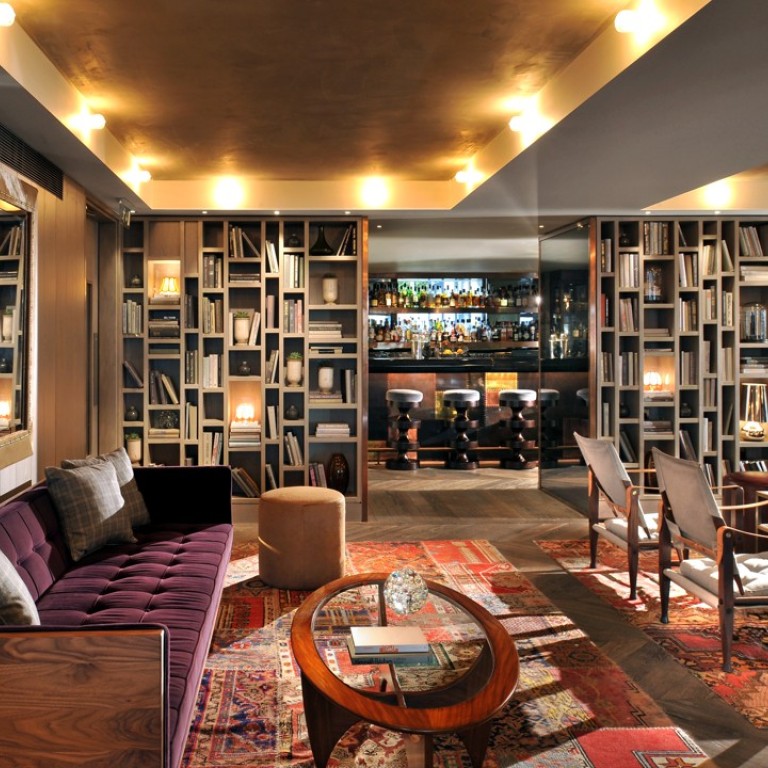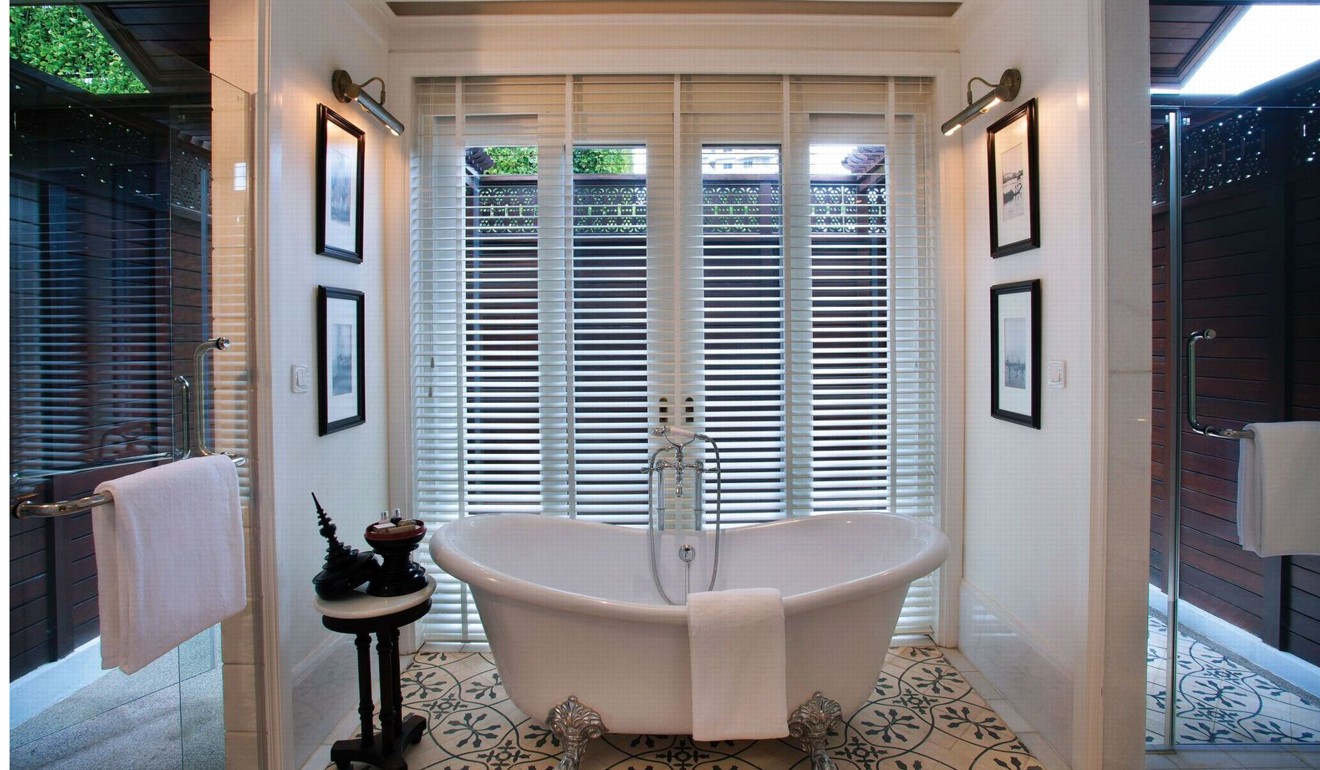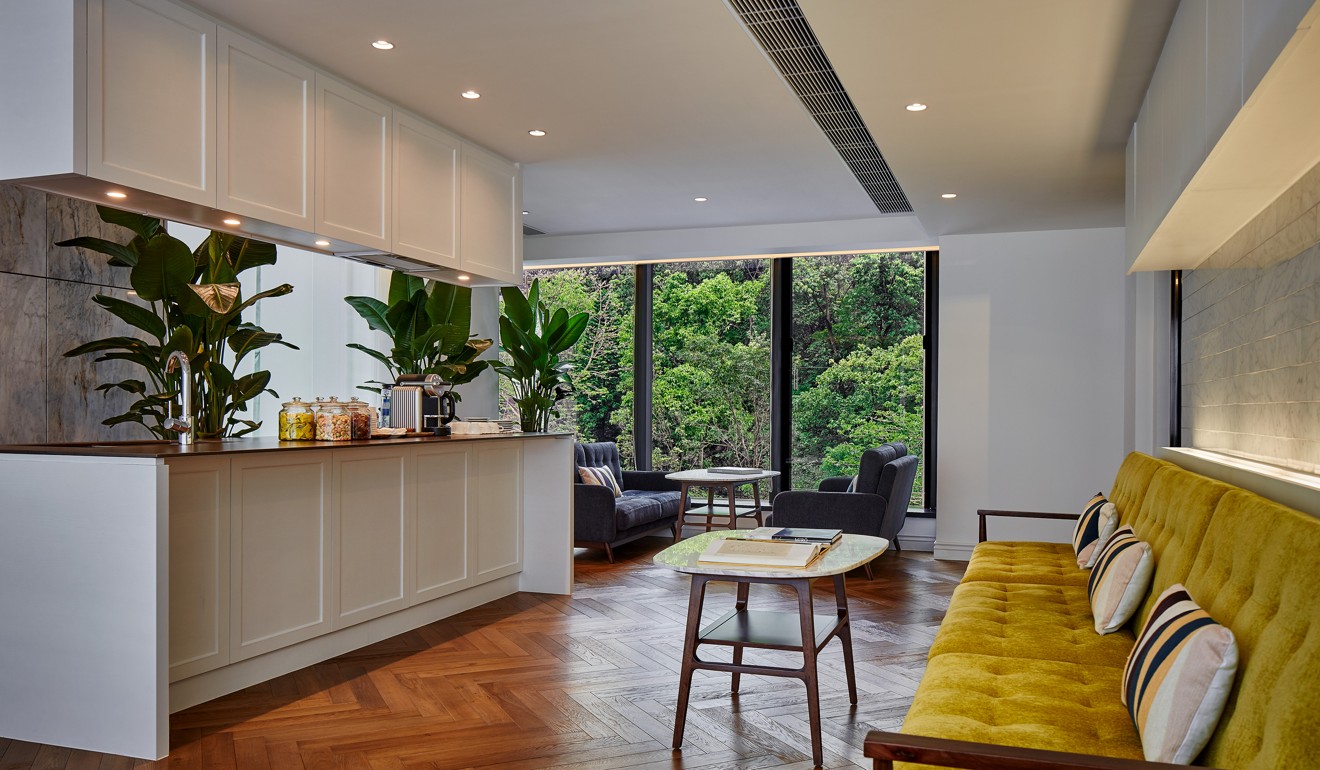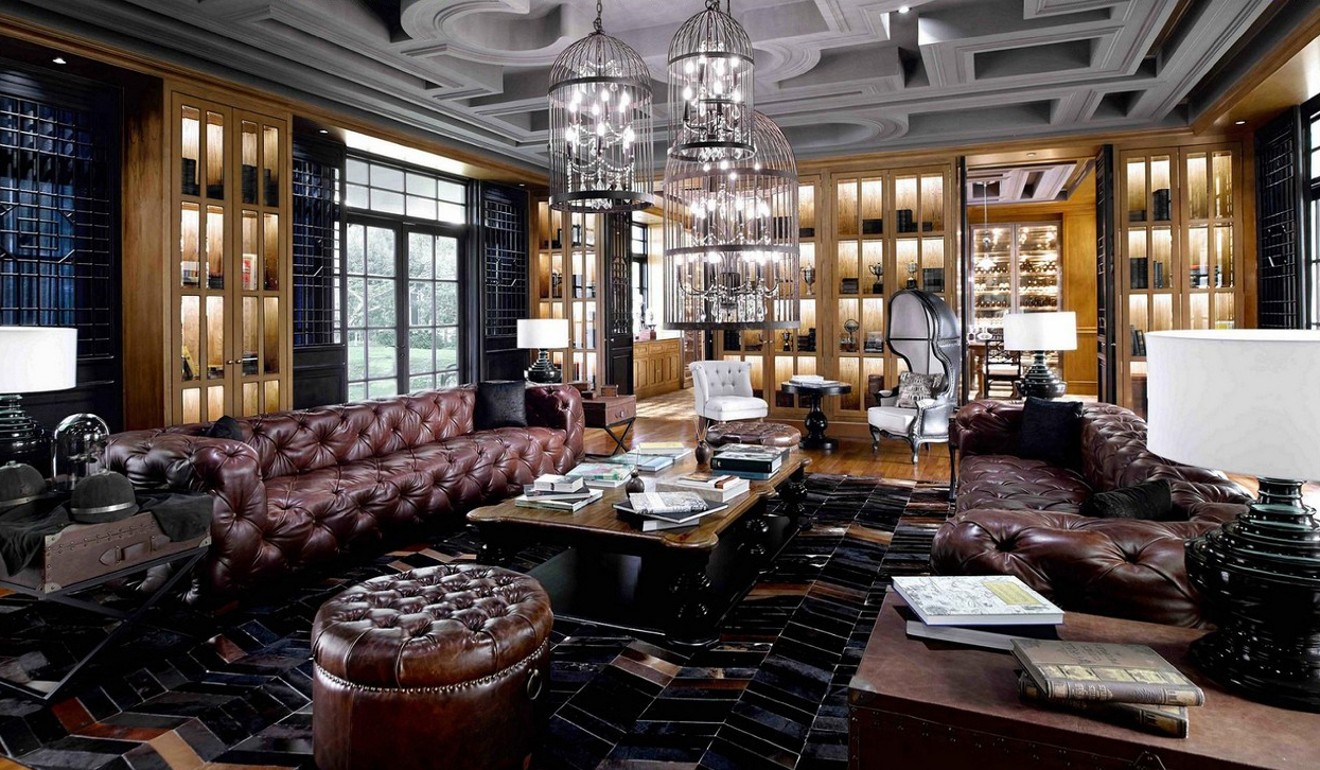
How to create the ‘boutique hotel look’ inside your own home
- A ‘boutique vibe’ often focuses on conveying charm, character, nostalgia and sentimentality – feelings that travellers often miss
- Homeowners often look to inject the sense of luxury and sanctuary that they find in hotels into their own properties
The “boutique hotel” came to life in a New York nightclub, Studio 54.
Watching and mingling with the crowd that frequented the famed establishment in the 1970s, co-founders Steve Rubell and Ian Schrager realised their clientele wanted hospitality with personality – something different from the offerings of the homogenous, mass-market hotels of the time.
So, in 1984 the duo launched the first Morgans Hotel in the city. With just 117 rooms, the hotel featured distinctive interiors by French designer Andrée Putman.
It was an instant hit, fast becoming a New York icon – setting the standard – and inspiring a slew of subsequent “boutique hotels” – a term coined by Rubell, who likened Morgans to a chic boutique.

Today the term refers to hotels of between 10 and 150 rooms that “are generally not cookie-cutter and have strong design personalities that reference unique tastes”, says Carl Almeida, partner of P49Deesign, the Thai interior design company responsible for interiors of boutique hotels such as 137 Pillars House in Chiang Mai, Thailand, Alila Jabal Akhdar in Oman and The Sanchaya, on Bintan Island, Indonesia.
“A ‘boutique vibe’ often focuses on conveying charm, character, nostalgia and sentimentality,” Tommy Pao, the architect and owner of Hong Kong boutique hotel, Little Tai Hang.

“These are feelings travellers often miss … and [they] seem to be gravitating towards more unique experiences with real personality and warmth.”
A ‘boutique vibe’ often focuses on conveying charm, character, nostalgia, and sentimentality ... feelings travellers often miss
Those same travellers often look to bring these same experiences back into their own homes.
“The homeowner perhaps seeks to inject a sense of luxury and sanctuary that one would expect when travelling,” says Tara Bernerd, principal of the interior architectural company, Tara Bernerd & Partners, which has worked on boutique hotels such as New York’s SIXTY SoHo Hotel and the Harilela Group’s The Hari, in London, with the The Hari Hong Kong expected to open in 2020.
So how can you bring the boutique hotel experience home?
Bring the outside in
What makes a boutique hotel great is its ability to give guests an experience that reflects the vibe of its surroundings – such as using wooden furniture and shades of green to reference lush views of park and forest, jewel tones and metallic touches to echo city lights, skyscrapers and sunsets; or gelato shades and retro, mid-20th century-style furniture to recall an area’s 1950s heyday.
“A hotel room is great not because of beautifully ergonomic chairs or well-designed lighting,” Jinou Park, vice-president, Asia-Pacific, of Design Hotels, the curated hotels collection and bookings platform.
“In fact, it’s not function at all. You feel it when the sounds and colours of the city come together with thoughtfully curated articles in the room, beautifully. This is immersive experience.”
At The Hari, in London, Bernerd and her team wanted to reflect the hotel’s chic, Belgravia setting.
“To achieve this, we curated everything from bookshelves and art pieces, designed bespoke furniture and sourced unusual objets d’art,” Bernerd says.

“For The Hari Hong Kong, we will take the same approach and focus on clever space planning and luxurious materials to reflect the vibrant Wan Chai district in which it sits.”
When trying this at home, Bernerd suggests people get the basics in place before they start building design features that reflect the environment in which they live.
Give your home its own personality that ... says something about who you are as a person, in the furniture, fittings, accessories and artworks
“Once the layouts have been established you can add character and attitude through your selection of fabric, furniture and art,” she says.
Make it personal
As well as reflecting its surroundings, your home should speak to who you are, Almeida says.
“A boutique look is a bespoke look, so give your home its own personality that is not cliché, but says something about who you are as a person, in the furniture, fittings, accessories and artworks that you have,” he says.
“Ultimately it is your home, and the style should reflect your taste and values.”
One way to do this is to pick up unique homeware – even furniture – including artworks, vases, bowls, throws, chairs or rugs – that catch your eye while visiting flea markets, vintage furniture stores or furniture stores you can’t find at home while on holiday or travelling for work.
You can also shop online – and get the good shipped internationally – if you are not travelling.
Trouva’s website offers an eclectic collection of home goods with a craft sensibility, while The Line features a high-end range of unique, hard-to-find home accessories.
Kelly Wearstler, a designer who created interiors for boutique hotels including Avalon Hotel Beverly Hills, in Los Angeles, also has her own eponymous online store, selling her distinctive, glamorous furniture, lighting and decor.
However, you go about it, the aim is to create a space that doesn’t feel overdesigned.

Park says Hotel Sanders in Copenhagen, Denmark, which recently hosted Design Hotels’ cocktails and dinner at the annual owners’ get-together, has “a tastefully decorated living room with comfortable sofas covered in luxurious throws and artwork and frames of various shapes and sizes.
“It is distinctly not a work of an interior designer, but rather a personal expression of character and vision.
“At home, your character – perhaps your vision for that living space – must come through. That creates ‘your vibe’.”
Make space for ‘lived-in’ clutter
Part of what gives your home a “personal vibe” are the belongings.
Pao says: “Think carefully and allow space for the build-up of daily clutter and personal belongings we are so often faced with in the home.
“In my experience, they often add to the personality and character of the space, rather than diminish it.
“People don’t live their lives like spotless museums, or contemporary furniture catalogues. Too often spaces like this end up being too clinical or fancy to look lived-in.
“I try to avoid this by using a more simple, neutral and restrained palette, while [subtly] applying eclectic, mid-20th century details for a sense of nostalgia and character.”
In your home, you can apply this approach by actually using your surfaces, rather than leaving them bare.
Stack books on side tables, for example, or display holiday finds on your coffee table or sideboard.
Rather than hiding your collection of assorted candles, you could put small groups of them together, on various surfaces in your living and dining rooms, or even in your bathroom.

Layer your space
Layering is an important part of the boutique hotel experience, and Pao says you can add this in your home by working with “warmer materials that have texture, variation and a hand-crafted look”.
You can do this by mixing a veined, marble table surface, with wooden table legs, seats upholstered in linen and brass-pendant lighting overhead.
Bernerd says another combination, “a rich velvet paired with striking leather or lacquers, will create a sense of attitude and therefore elevate your space”.

Make it comfortable
Above all else, make the interior comfortable.
Use a variety of tactile materials, plus seating and bedding you will actually enjoy sitting in or lying on.
For a really comfortable sofa, look for something like Timothy Oulton’s new Noble Souls collection.
Its Realm, Nest and Oasis sofas all come with deep, generous seats and naturally dyed linen cushions.
Realm’s cushions are filled with goose feathers and down.
You can also use soft fabrics, such as cashmere throws, on sofas, to create a cosier, warm-to-the touch place to relax; Lane Crawford offers a simple, knit version in grey, cream or blush pink.
Comfort in the home also what’s on the floor.
A shaggy, Mongolian goat-fur rug will do the trick, and Faux Home has a range that can be sized to fit your space.
A silk-and-wool rug will feel great underfoot, too: check out the original, art-driven designs at Fort Street Studio.
Almeida says these are the kind of touches that help to define a great boutique hotel – and what “makes a home a home. “Guests definitely want to experience a location when they stay at a hotel, but … [also] a sense of warmth, cosiness and comfort.
“These are the feelings that create bonds and loyalty to hotels and that keep guests wanting to come back.”
